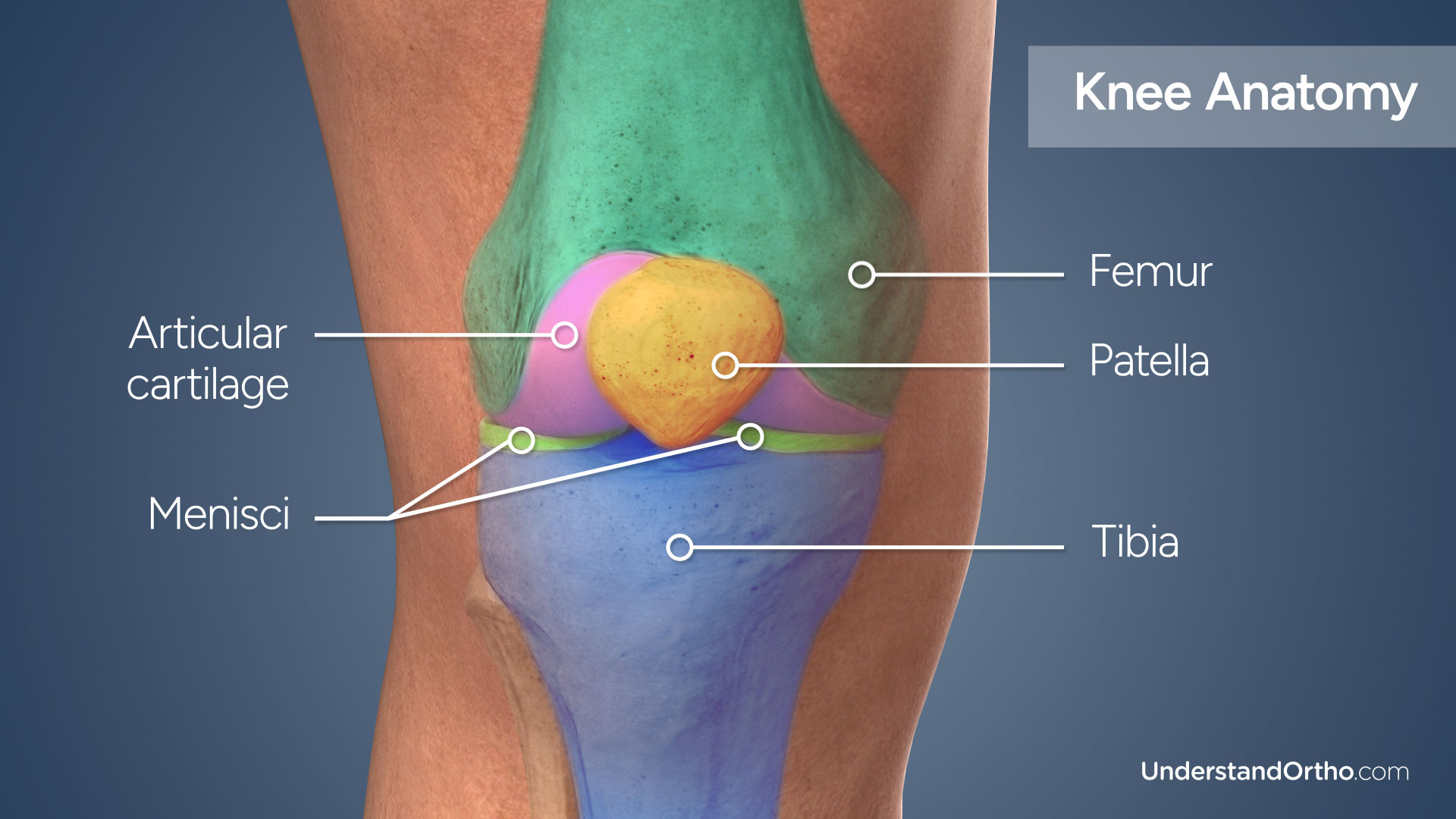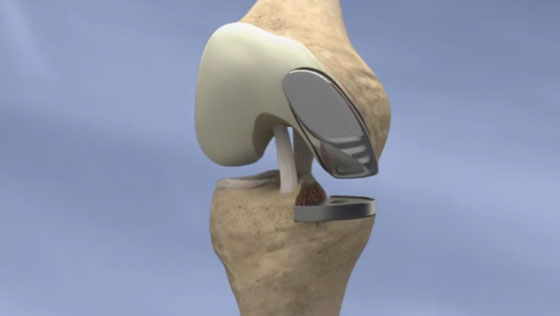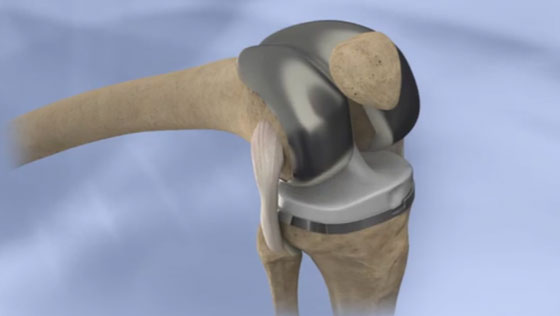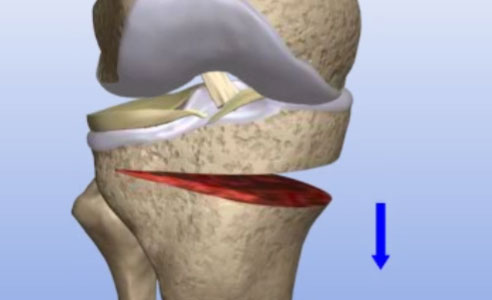What is Revision Knee Replacement?
Revision knee replacement (also known as revision knee surgery) is a surgical procedure performed to reaffix or replace implant components from a previous knee replacement surgery.
Key statistics about Revision Knee Replacement
- Nearly 800,000 knee replacement surgeries are performed each year in the United States[1]
- Between 80-85% of primary total and partial knee replacements will last for 25 years[2]
- In the United States, revision knee replacement rates are predicted to increase by 601% between 2005 and 2030[3]
- Approximately 80% of revision knee replacements last 10 years[3]
Expert Insight
What is Revision Knee Replacement? - Bradford S. Waddell, MD
Why is Revision Knee Replacement performed?
Total knee replacement and partial knee replacement are surgical procedures performed to replace damaged portions of the knee with an artificial implant. These surgeries are performed primarily to relieve pain and stiffness caused by arthritis. Arthritis occurs as the cartilage that cushions the knee wears down, causing the bones to grind against each other. This results in pain and inflammation, and can lead to bone deformity and a loss of joint mobility.
Over time the knee replacement implant may fail due to:
- Wearing down and loosening of implant components
- Infection
- Instability of the tissue around the joint
- Stiffness affecting joint mobility
- Fracture of the bones around the implant
Implant failure can cause knee pain and swelling, and a loss of knee joint function. In these cases, it is necessary to replace or reaffix the implant.

Knee Anatomy
The knee joint is formed by three bones: the femur (thigh bone), the tibia (shin bone), and the patella (kneecap).
Menisci are pieces of cartilage found between the femur and tibia, while articular cartilage covers the ends of the bones. Together they work to absorb shock and reduce friction as the knee moves.

Who needs Revision Knee Replacement?
Between 80-85% of primary total and partial knee replacements will last 25 years[2]. In younger, more active individuals, this can mean that a revision knee replacement is necessary to maintain proper knee function and alleviate pain.
How is Revision Knee Replacement performed?
- The surgeon will make an incision and access the knee joint.
- Implant components that are excessively worn or loose will be removed.
- The bone surfaces are prepared for the revision implant.
- Implant components that were removed will be replaced and any unworn and well-fixed components will be left in place and carefully aligned with the replacement components.
- Finally, the incision will be closed with sutures or surgical staples.
What are the risks of Revision Knee Replacement?
Risks associated with revision knee replacement may include:
- Infection
- Blood clots
- Nerve or blood vessel damage
- Loosening or wearing down of the replacement implant over time
- Stiffness of the knee
- There is a higher risk of complications associated with revision knee replacements compared to having the first knee replacement
How long does it take to recover from Revision Knee Replacement?
-
24 hours after surgery
Physical therapy will begin and blood thinners, pain killers, and antibiotics (to prevent infection) will be prescribed. -
1-3 days after surgery
Most patients are discharged from the hospital and will be able to walk with a crutches, a cane, or walker. -
2 weeks after surgery
Any non-dissolvable sutures and staples are removed and bruising and swelling begin to subside. -
3-6 weeks after surgery
Most patients are able to resume driving and most daily activity. -
4-6 months after surgery
Most patients are fully recovered from revision knee replacement surgery.
What are the results of Revision Knee Replacement?
Revision knee replacement can provide significant improvement in knee function and persistent pain in patients with primary knee replacement implant failure. Approximately 80% of revision knee replacements last for 10 years[3]. Most revision knee replacement patients exhibit good long-term results, but total alleviation of pain and a return to full knee function is not always possible, depending upon individual circumstances.
Find an Orthopedic Doctor in Your Area





